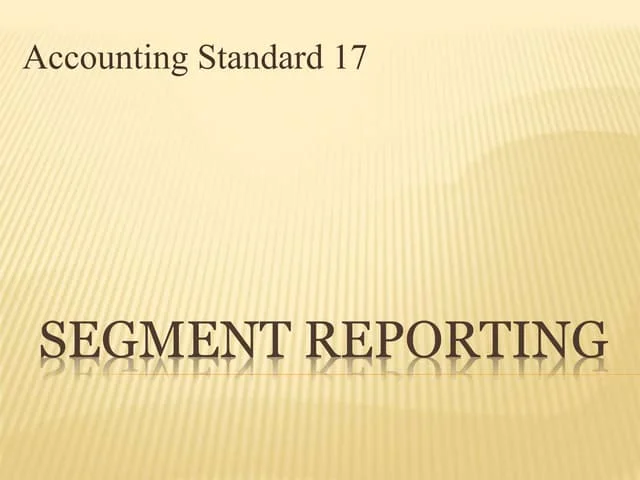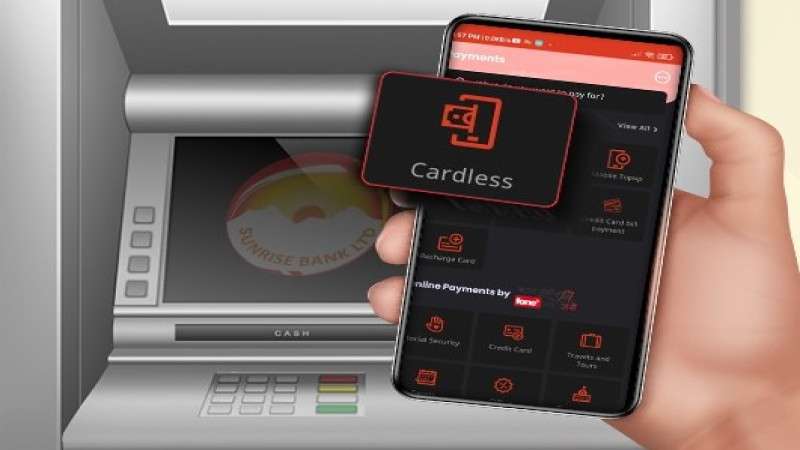Box Office Collection and Money Laundering in Indian Cinema
The film industry, known for its glitz and glamour, has become an unexpected stage for a much darker performance: money laundering. Criminals often exploit the complexity, vast sums of money, and international reach of the film business to clean illicit funds Why the Film Industry is Vulnerable High Budget and Loose Oversight: Major film productions can cost hundreds of millions of dollars, making it easier to disguise illicit funds among legitimate investments. Complex Financing Structures: Film financing involves multiple layers, including private investors, studios, international partners, and government grants. This complexity can create opportunities for money launderers to obscure the source of funds. International Transactions: Films often have cross-border operations, such as international shooting locations, foreign sales rights, and overseas box office revenue. These international elements create an opportunity for criminals to move money across borders, often undetected. Inconsistent Profits: Film profitability is unpredictable, making it easier to justify financial losses or irregularities, which can serve as a cover for illegal activity. What Is Money Laundering? Money laundering is an illegal activity that makes large amounts of money generated by criminal activity, such as drug trafficking or terrorist funding, appear to have come from a legitimate source. The practise of money laundering involves three steps which include Placement The first phase is known as placement, and it is the actual transfer of cash or monetary fund’s obtained via legal or illegal operations into a less suspect form. This step is frequently as simple as taking paper currency and depositing it in an ordinary bank account or obtaining a loan at least on paper from a foreign source who has no interest whatsoever in the film making except for some commission on the deal and parting his name for the venture; alternatively, he could be paid through Hawala had he given the loan sincerely or request to act as the Distributor/ Exhibitor and promptly announce in the media that this movie was sold at an exorbitant rate of 5 Million USD and minted Double the amount in the Box Office, asking him to remit the money through Legal Channels or have some other Out of Account Quid pro quo basis of dealings which is very common and not known to the authorities, there is no authority in India to verify the accuracy of claims of the producer in a foreign country. Layering Layering is the next phase. The purpose of layering is to remove unlawful proceeds from their illegal source by taking the cash and executing a sequence of financial transactions designed to disguise any audit trail or attempt to track the funds. Money launderers can layer by exaggerating overall ticket sales even if the film is a dud. Cinemas can be classed based on Tier 1 cities have multiplexes and single-screen theatres. Tier 2 Cities are the same as Tier 1. Tier 3 cities primarily have single-screen theatres. We cannot rule out the idea of ripping up the tickets at the box office in both multiplexes and single-screen theatres, increasing overall collections so that Black money may be readily converted into White money and shown to be a genuine source of revenue. The money launderer will try to bring the money back to him by making it look as though it is genuine business revenues after it has been stacked and transferred to disassociate it from its original source. Even the programme may be tailored to their desired / budgeted collecting statistics. Integration The third phase is generally referred to as integration. If the money launderer owns a business, one method of regaining control of the “Cleaned” funds is to overvalue his assets or overstate his earnings. Money laundering is easily accomplished for the types of businesses that deal with large amounts of cash sales and keep only minimal sales records, such as having businesses in Restaurants, Shopping Complexes, Retail Stores, and Business Etc., because money from illegitimate sources can be combined with legitimate income to hide its original source with relative ease and little risk of detection. There is no definitive indicator of when money gets laundered. Two people we know who were total strangers to the movie-making business overnight became producers in Tulu & Kannada Films, now we are getting a clearer picture because our Relatively small Tulu film industry with a new release every 2 weeks had a Golden run until the Covid-19 hit them very hard and is now showing signs of recovery. Common Money Laundering Techniques in the Film Industry Inflated Budgets: Criminals can inflate the budget of a film, claiming it will cost more than it actually does. They then funnel illicit money into the project and retrieve clean money when the funds are spent. Phantom Productions: In some cases, money launderers create entirely fake productions, listing shell companies or front organisations as the production company. The film either never gets made or is a low-budget project that doesn’t require the large amount of funding it supposedly received. Creative Accounting: Money launderers often exploit the flexibility of film accounting. The common practice of back-end deals, profit-sharing, and the use of offshore accounts makes it easy to conceal financial transactions that have no legitimate basis. Overpaying for Services: Criminals sometimes overpay actors, directors, or service providers. These payments can be disguised as legitimate fees but, in reality, involve returning clean money to individuals who participated in the laundering process. Tax Incentive Fraud: Some countries offer tax incentives or credits for film production. Criminals take advantage of these incentives by inflating production costs or submitting fraudulent claims, further laundering illegal money. Case Studies of Money Laundering in the Film Industry The Malaysian 1MDB Scandal: One of the most high-profile cases of money laundering in the film industry involved the production of the 2013 film The Wolf of Wall Street. Funds embezzled from Malaysia’s 1MDB fund were allegedly funnelled through Red Granite Pictures, a production company linked to the scandal, to finance the film. Operation “Filo Rosso”: In 2017, Italian authorities uncovered a scheme in which the ‘Ndrangheta crime
Box Office Collection and Money Laundering in Indian Cinema Read More »









